Part III. Die Installation Errors:
Mismatched business / proof dies:
1969, 1970, and 1970-D dime with 1968-S proof
reverse
Definition: Subtle differences in design details can differentiate dies used in different years. Whether accidental or purposeful, obverse dies are sometimes mated with a reverse die meant for a previous or subsequent year. These are often called “transitional reverses”. Well-known examples include 1992(P) and 1992-D Lincoln cent obverses mated to a 1993 reverse.
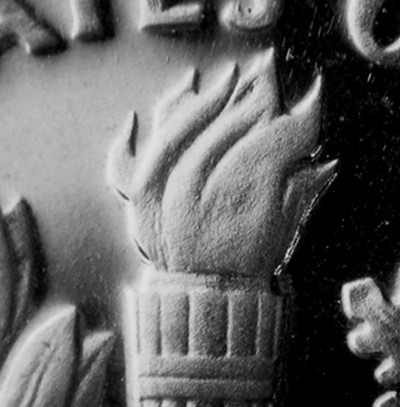
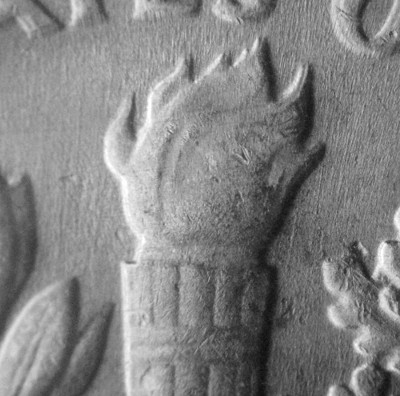
The image to the left shows the well defined flame from the torch on a 1968-S Proof reverse Roosevelt dime. The image to the right shows a less defined flame from the same torch on a 1970-D Roosevelt dime. The flame to the right was the most common reverse found on 1969, 1970 and 1970-D Roosevelt dimes. The image to the right is also a doubled die ((FS-10-1970D-802)
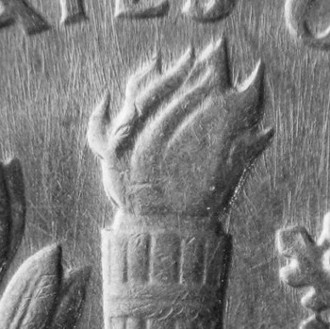
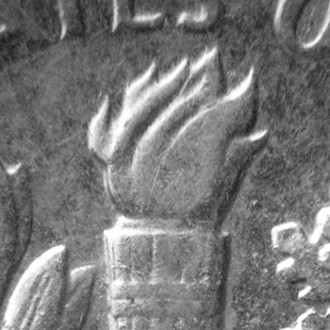
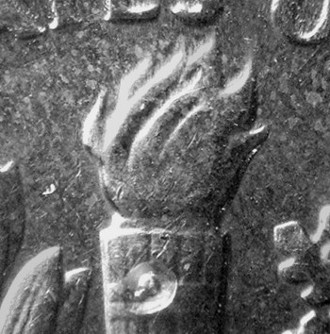
1969 1970 1970-D
The three images above show the well defined flame atop the torch for the years indicated below each image. It appears that a 1968-S proof reverse was used as a business working die for some coins struck in 1969 and 1970.
Coins courtesy of John Miller.